Mohair vs Wool

Are you confused about the difference between mohair and wool? Well, you’re not alone. Mohair and wool are commonly confused with one another, and they may appear very similar at first glance. However, the reality is that mohair and wool are very unique fabrics; each has its own characteristics and applications. If you’re feeling stumped trying to understand just how these two differ from one another, continue reading! We’ll highlight the key properties, as well as how the two fabrics are different from one another.
What is Mohair
Let’s start by taking a look at what mohair is. Mohair is a fabric made using hair from an Angora goat. Angora goats originated from Turkey in the Anatolia Plains region. Mohair is a term derived from mukhayyar, an Arabic word meaning “the fabric of goat hair.” It wasn’t until the 16th century that Angora goats were first introduced to Spain and France and 1849 that they were first introduced to the United States; the goats were held in very high regard and carefully guarded to protect their special coats before these times.
If you’ve ever felt mohair before, you can probably understand why the people of Turkey were so protective of their Angora goats. Mohair is a luxurious natural fibre with a texture very similar to silk; it is smooth and soft.
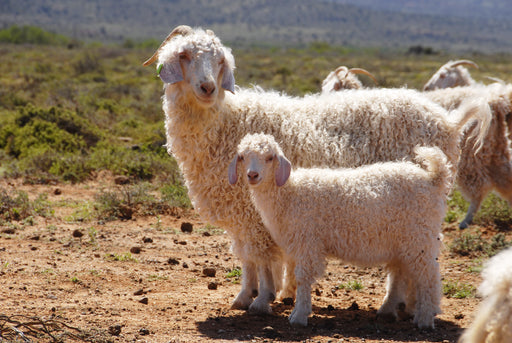
Many even refer to mohair as a “diamond fibre” or “noble fibre.” This is due to its gorgeous sheen and very unique lustre. Mohair is often blended with merino wool, alpaca wool, or other natural fabrics, and adding mohair increases the overall lustre of the piece.
As an Angora goat ages, their hairs become thicker. This allows mohair to lend itself to a variety of applications based on the age of the goat that was sheared and how thick the fibres are. Thinner hairs sheared from younger goats are often used to make sweaters and other clothing items. The thicker hairs sheared from older goats lend themselves nicely to making outerwear, upholstery, and carpets.
The mohair obtained from the first shearing of a sheep is viewed as the most exclusive and luxurious type of mohair. As we shared above, young sheep have finer hair, and their first shearing yields an extremely soft and smooth fabric. This mohair is referred to as kid mohair.
Mohair has a lightweight feel, yet the fabric is extremely durable and resistant. Mohair is easy to dye, but it also comes in a variety of natural shades including white, black, grey, brown, and red.
Is mohair warm? Despite being a lightweight fabric, mohair is very insulating and can keep users quite warm. This is why it is often used for making outerwear, sweaters, or socks. Mohair is also able to absorb moisture to keep individuals from feeling too clammy.
Due to its more limited availability and the complex production process, mohair is a relatively rare fabric and comes with a pretty hefty price tag.
What is Wool
Wool is most commonly made using the fleece of a sheep, however it can also be made using the hair from other animals such as rabbits, alpacas, and goats. The fleece or hairs of these animals is sheared and spun into yarn. The yarn can be used to make a variety of clothing items and textiles.
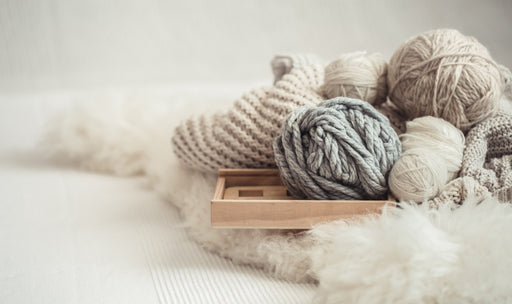
Since wool can come from so many different animals, its characteristics vary widely depending on the age and the specific sheep breed or animal it comes from. Wool may either be very soft and suitable for use for close-to-skin clothing items such as socks, hats, scarves and sweaters, or it may be thick and coarse and well suited for making rugs, upholstery, or curtains.
Wool is a very insulating material; it can keep users warm in very cold conditions. Wool is also highly durable and long-lasting; since it is naturally elastic, it resists tearing. Wool can even be recycled and used again to make new items.
As we mentioned above, the exact characteristics of wool vary based on the species, breed, and age of the animal the fleece or hair was obtained from. The main factor that impacts how soft a wool fabric will feel is the diameter of each wool fibre. The thinner the fibre, the softer the finished product will be.
Wool may have a micron level anywhere between 10 microns and 40 microns (keep in mind that human hair typically has a micron level of at least 50, but up to 100). Some of the softest and most luxurious wool types include:
- Merino wool: Merino wool is one of the softest types of wool. It comes from Merino sheep. The micron count for Merino wool is typically around 21.5, but may be as low as 15.
- Cashmere: Cashmere has an extremely low micron level of 19 or less, making it extremely soft and smooth. It comes from the Cashmere goat.
- Lambs wool: Wool obtained from the first shearing of young sheep (lambs) is softer than the wool sheared from an adult sheep. The micron level of lambs wool will vary based on the specific breed of sheep.
Mohair vs Wool
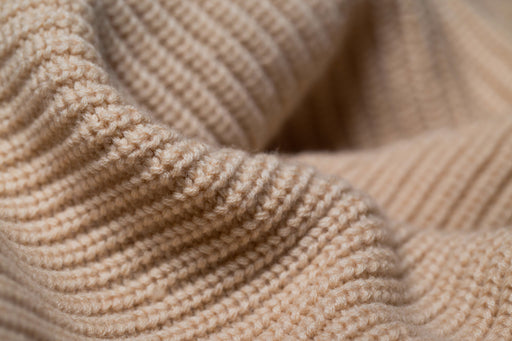
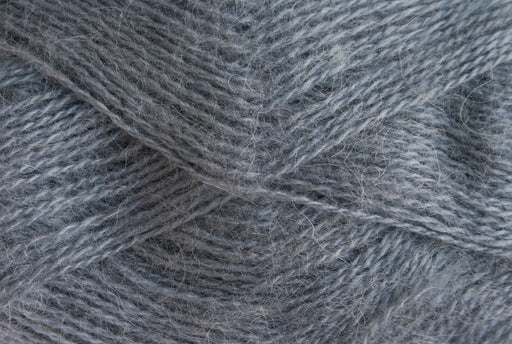
As you can see, there are some similarities between mohair and wool. Both fabrics are warm and insulated and can be quite soft and comfortable against the skin. They both also wick moisture away from the skin to keep individuals comfortable. Mohair and wool are very durable fabrics, resist wrinkles, and are naturally flame retardant.
However, there are also some key differences to highlight between these two fabrics. Mohair is rare, and producing high quality mohair is a complex process. This means that mohair garments and other items are more difficult to find than similar ones made from wool. It also means that buying mohair will be a more expensive endeavour.
Wool and mohair, like human hair, are made from keratin protein. However, the outer composition of each material is different. Mohair has flat scales. Unlike wool that can feel ‘prickly,’ mohair feels very smooth to the touch. This characteristic also means that mohair doesn’t feel itchy on the skin as most wool types do (with the exception of Merino wool and a few others), which makes it a better choice for individuals with sensitive skin.
Another key difference between mohair and wool is that mohair has a natural lustre. This gives mohair fabrics a shine that can almost make them appear silk-like.
Mohair or Wool – Which is Best for You?
At first glance, you may think that mohair and wool are the same, but as you can see each material is unique. Thinking about your preferences, needs, and budget can help you decide whether mohair or wool is best for a particular application.
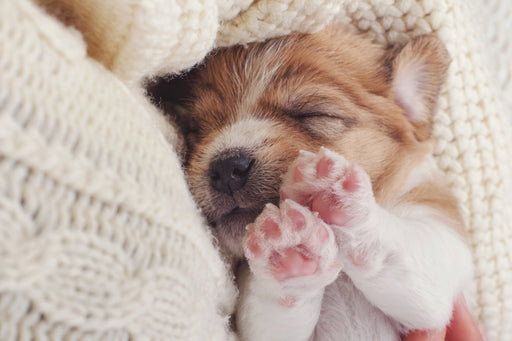
About MothPrevention
MothPrevention® speak to customers every day about their clothes moth issues - clothes moths are a species that are ever increasing and that can cause significant damage to clothes, carpets and other home textiles.
To date, we’ve helped over 250,000 customers deal with their moth problems. We have developed professional grade solutions including proprietary pheromones and trap design engineered to the highest production standards.





